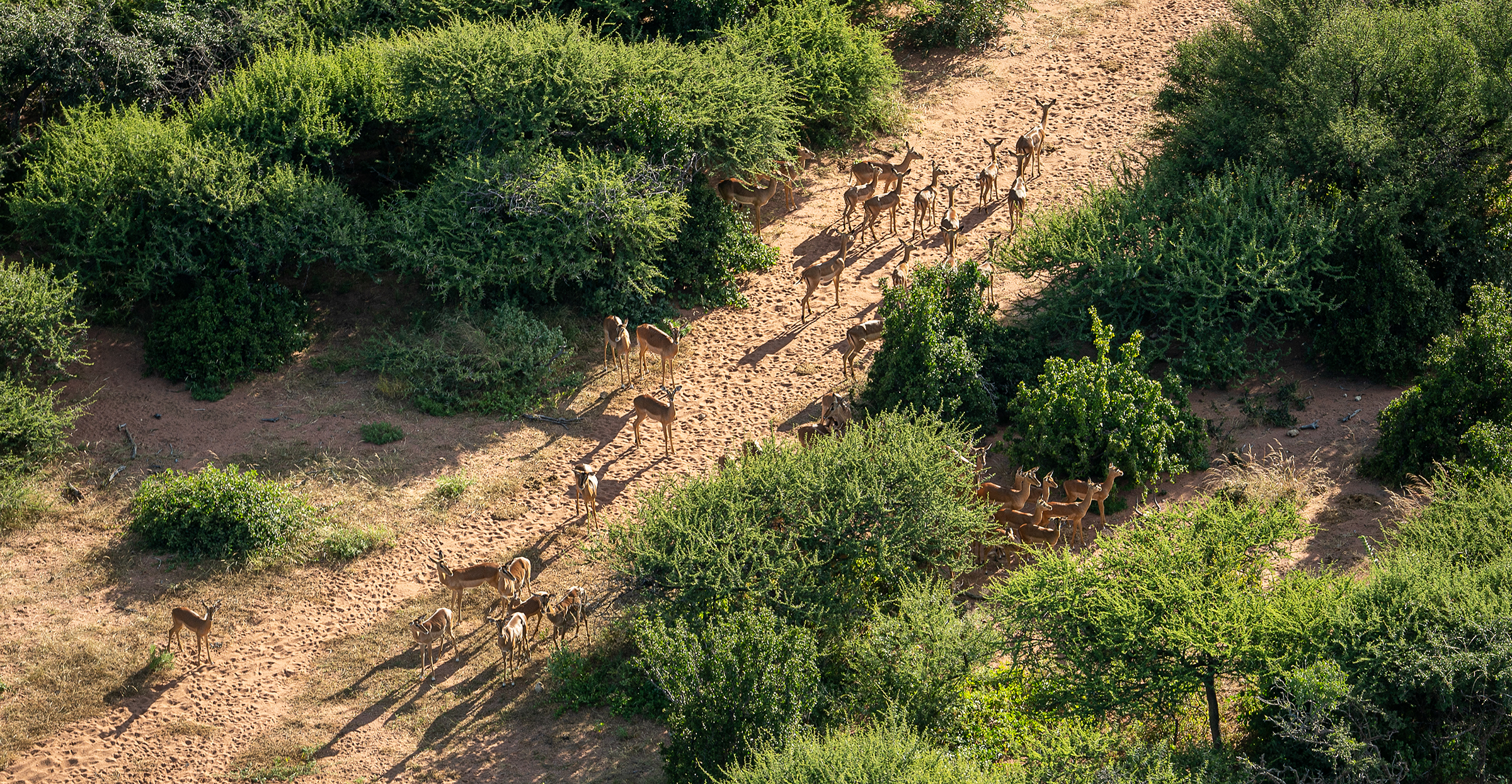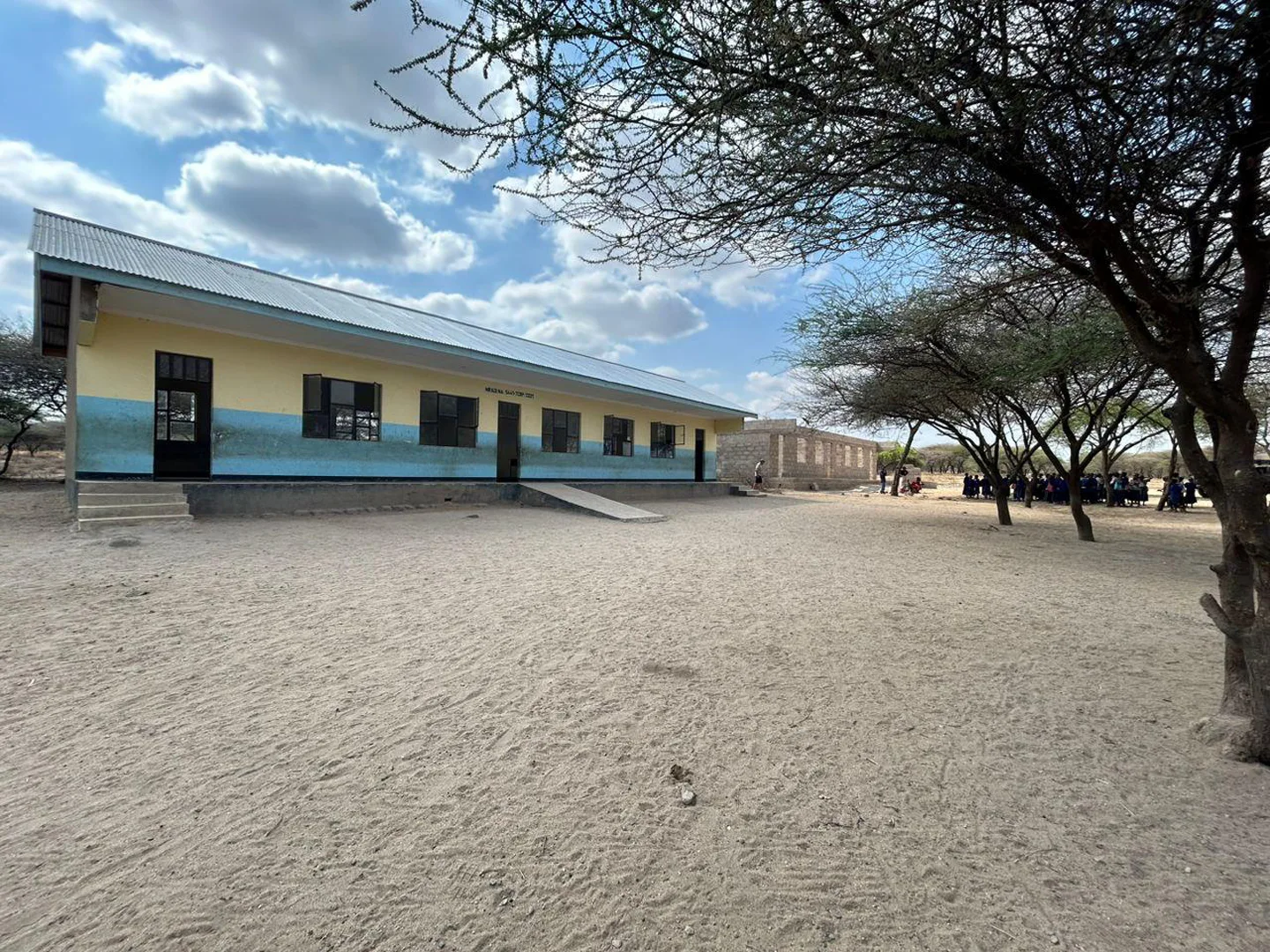Sharing stories and raising funds to support global conservation efforts.

At Blood Origins, we believe conservation must be more than talk—it has to drive real change. That’s why our projects focus on direct, measurable impact. From protecting endangered species and restoring habitat to feeding communities and strengthening local infrastructure, each effort reflects our commitment to sustainable use and long-term solutions. These are boots-on-the-ground initiatives powered by people who care deeply about wildlife, wild places, and the future we all share.
By the Numbers
$99999999
Raised to support ongoing efforts to Lorem ipsum something list here.
999 Projects
Across X countries and X continents – all focused on our mission of lorem ipsum truth of hunting.
999 Contributors
Giving donations from $X – $XXXXX dollars help us to continue funding these projects.
Your support helps us tell more stories.
